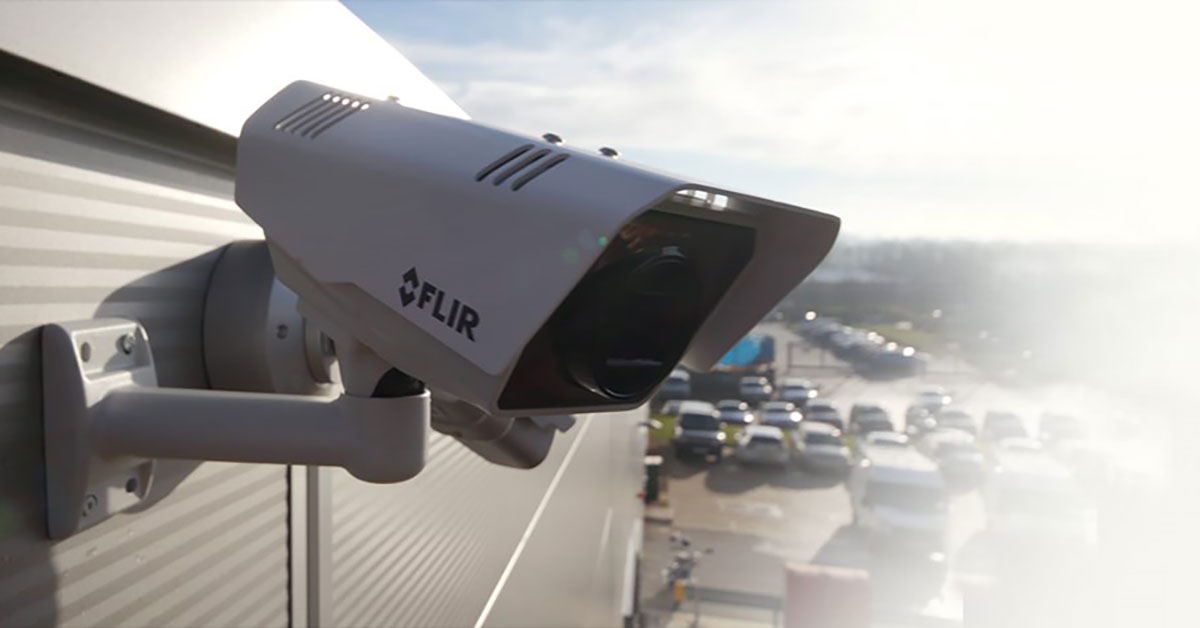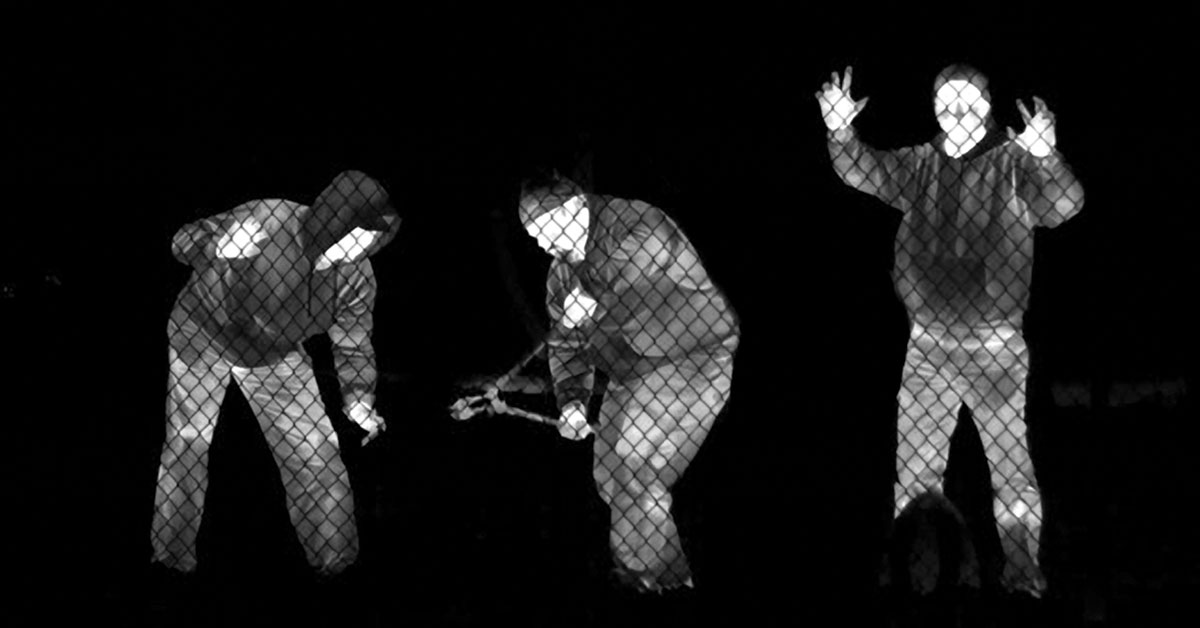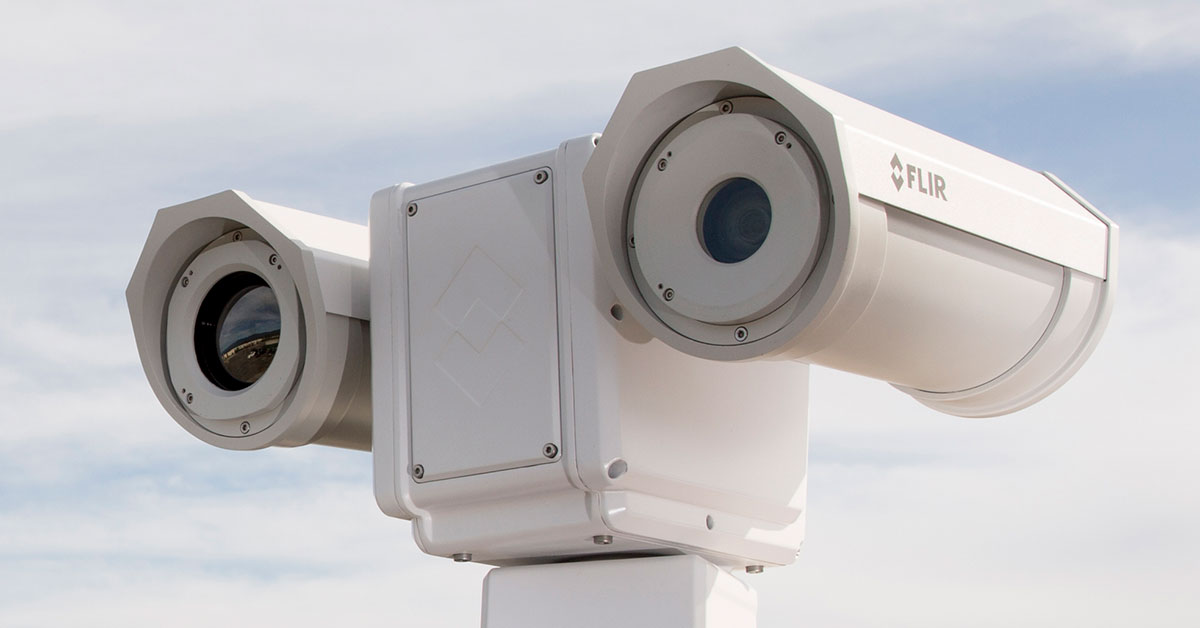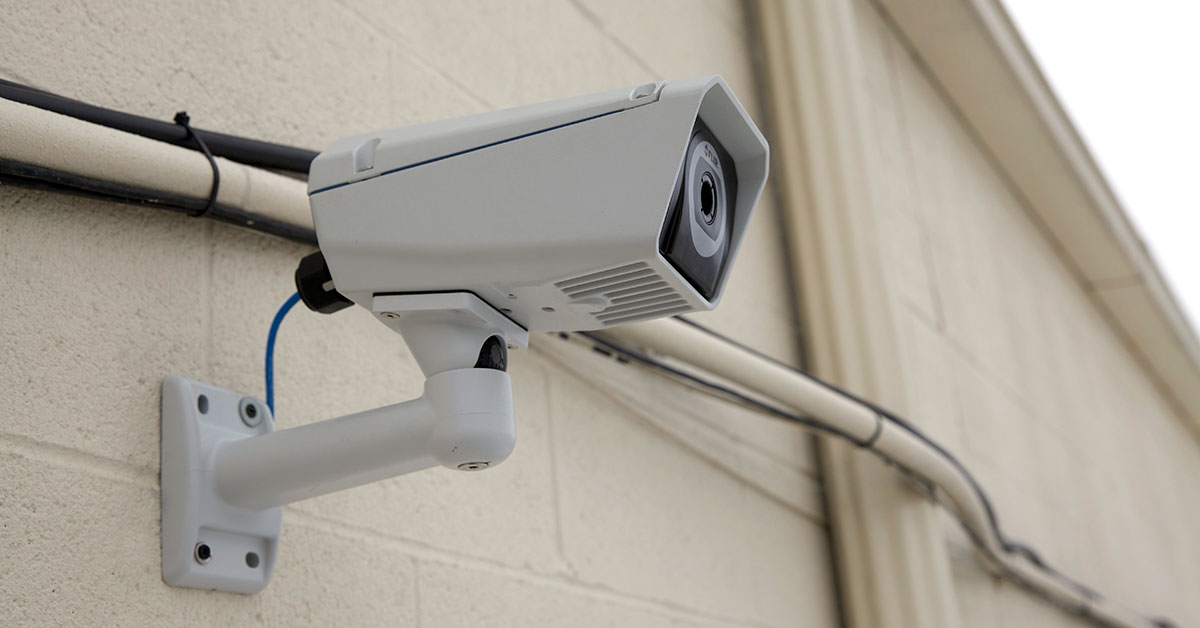Perimeter Security 101: Thermal Camera Deployment

Building a successful perimeter security system with thermal cameras requires skill. Security professionals must consider several design factors such as camera placement, lens selection, and dead zones—not to mention configuring analytics to optimize detection.
To maximize your perimeter security system’s performance, consider these best practices:
Ensure Optimal Camera Placement
What a camera can see depends largely on its field of view and placement. To maximize a camera’s peripheral field, consider these guidelines:
First, place cameras so their fields of view run parallel to the perimeter and perpendicular to the movement of potential intruders to ensure targets move horizontally across a camera’s field of view. This approach results in the highest probability of detection and the lowest rate of false alarms. Second, mount cameras such that they use a steep “look down” angle—at a minimum height of 4 meters (13 feet)—and angle the camera down to eliminate as much sky as possible from the camera’s field of view. Third, ensure your cameras are mounted on stable fixtures to avoid vibrations from wind. Fourth, for applications using multiple cameras, install cameras so their fields of view overlap—to avoid blind spots or areas wherein a camera cannot see a target “head to toe.”
Select the Right Focal Length
For every perimeter deployment, optimizing alarm detection means choosing the right lens for the job. A lens with a greater focal length increases the magnification of objects in the field of view, which is ideal for detection at longer distances. A lens with a smaller focal length, delivers a larger field of view, which is appropriate for applications requiring wide area monitoring.
When choosing the proper lens, it is important to consider what the deployment needs most: detection or classification. In most cases, the best practice is to define the minimal requirement for scene width, then choose the largest available focal length to meet that criteria.
Choose the Best Power Option
Civil work can be the most expensive portion of a project. Many people want to minimize that by selecting autonomous power sources. While this works, it is important to size them correctly to prevent downtime.
Considerations to Keep in Mind
It is important to remember that selecting the right hardware for a perimeter security system is only half the battle. An industry-leading camera that is poorly installed will inevitably fail to produce the desired results. Ensure your system implements the best design strategies to ensure every angle of your perimeter is covered, day and night.


